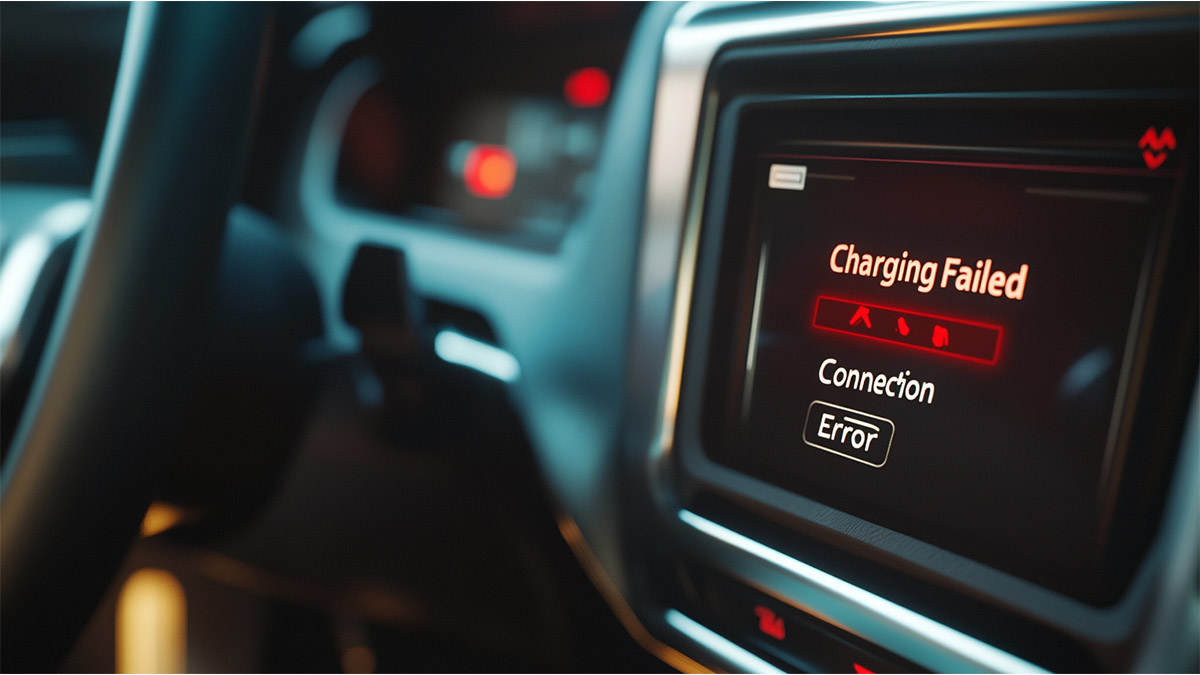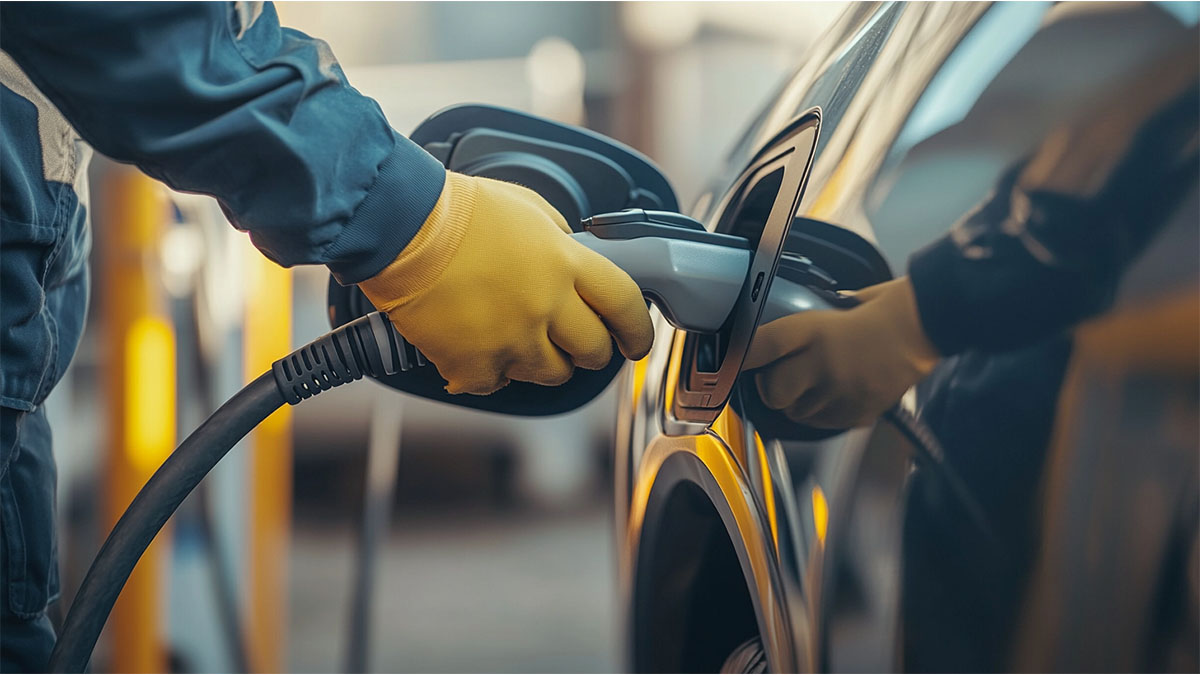
As electric vehicles (EVs) become more common worldwide, one would expect charging to be simple: plug the charger into your car and charge up. In reality, even when both the EV and the charging station use the same connector standard—such as CCS2, Type 2, or NACS—charging doesn’t always happen smoothly. Why?

This article explores the technical, communication, and compatibility challenges between EV charging connectors and vehicles, and why "same standard" doesn’t always mean "guaranteed to work."
Modern EV charging is not just about plugging in a cable. Behind the scenes, a complex handshake occurs between the car and the charger. This handshake involves digital communication, safety checks, and electrical compatibility. If any step fails, the charging session will not begin.
The interaction happens in this general order:
The charging process begins with a proper physical connection between the plug and the vehicle’s inlet. This step must be secure for charging to start.
Communication handshake (e.g., using ISO 15118 or DIN 70121)
Electrical verification (voltage, current, temperature, etc.)
Charging starts (only if everything checks out)
Let’s explore the most common difficulties that occur during this process.
One of the biggest issues comes from the charging communication protocol. Even though two devices use the same physical connector, they may speak different "languages."
For example, many modern electric cars use the ISO 15118 communication standard, which supports advanced functions such as automatic authentication and charging initiation, commonly known as Plug & Charge.But some older vehicles or chargers still use DIN 70121, an earlier version that lacks smart communication functions.
If a car tries to communicate using ISO 15118, but the charger only understands DIN 70121, the handshake fails, and charging doesn’t start.
With advanced protocols like ISO 15118, digital security becomes part of the equation. These protocols include certificate-based authentication, much like HTTPS encryption on websites.
If the car and the charger don’t have matching trusted certificates—or if one side lacks certification support—charging is refused to prevent security risks.
This is especially true in “Plug & Charge” scenarios where no manual user input is needed. Without proper trust verification, the system blocks the transaction.
Even when the physical and digital connections succeed, electrical compatibility matters too. Some EVs operate on a 400V system, while others are built for 800V. Fast chargers may be optimized for high-voltage operation.
If a charger cannot adapt to a vehicle’s lower voltage requirements—or if the vehicle restricts current for safety reasons—charging may fail or be significantly limited.
EVs are designed with multiple protection mechanisms. If the vehicle detects anything unusual—such as:
Poor grounding on the charger
High ambient temperature
Connector not fully inserted
—It may cancel the charging process automatically.
These safety triggers are essential, but they can cause frustration if users don’t know why charging stopped.

Here’s a summary table showing why charging fails even when both car and charger use the same standard:
|
Cause Type |
Specific Issue |
Example |
|
Protocol Mismatch |
ISO 15118 vs DIN 70121 |
An older EV using DIN 70121 fails to communicate with a charger using ISO 15118 |
|
Software Differences |
Firmware incompatibility |
A car hasn’t updated its BMS; handshake with the new charger fails |
|
Electrical Limits |
Voltage/current mismatch |
800V charger cannot step down enough for a 400V-only car |
|
Mechanical Connection |
Incomplete insertion or dirt in plug |
Connector not seated properly, signaling failure |
|
Safety Protections |
Grounding or fault detection |
Charger lacks proper ground; EV blocks charging |
|
Regional Implementation |
Vendor-specific details |
Same connector, but software layers differ by manufacturer or country |
Organizations like CharIN organize testing events to help EV and charger manufacturers work together. To address compatibility challenges, manufacturers participate in interoperability testing, which verifies that charging equipment from different brands can communicate effectively and provide a seamless charging experience.
Car manufacturers and charging station operators must keep their software updated. Over-the-air (OTA) updates can fix bugs, add new protocol support, and improve compatibility.
A common, global certification system (like CCS certification in Europe) would help align product behavior across manufacturers.
When charging fails, the EV or the charger should display a clear message—such as “Incompatible Protocol” or “Grounding Fault”—instead of a generic “Charging Failed.”
Making EV Charging More Reliable
Charging your EV should be as easy as fueling a gas car—but the underlying technology is far more complex. Just because a car and charger use the same connector doesn't mean they can automatically work together.
From digital communication mismatches to safety checks and electrical differences, many factors can block charging. Fortunately, the EV industry is actively addressing these issues through protocol updates, certification programs, and collaboration.
Until full standardization is achieved, drivers and charging providers need to stay informed, and manufacturers must prioritize compatibility—not just connection.